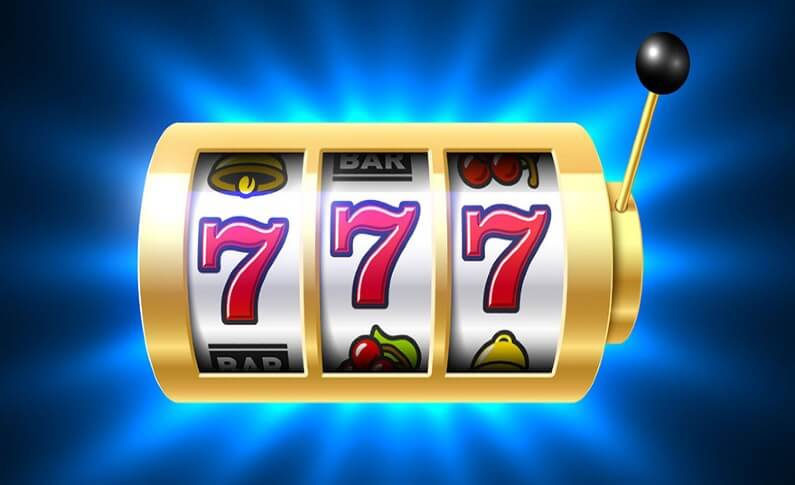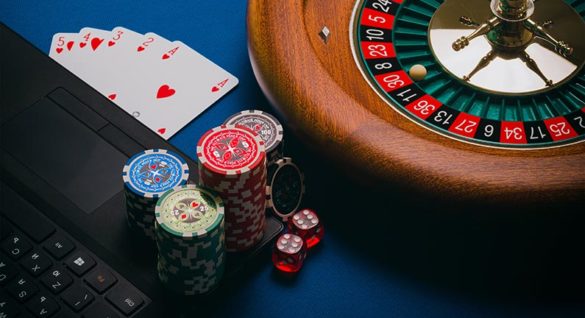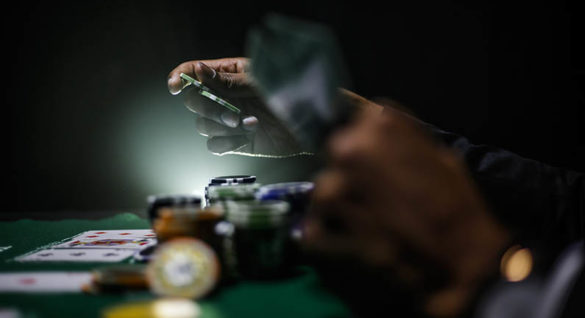
Posted in Guides, Industry June 27, 2020
Cheating Slot Machines – Yay or Nay?
Cheating in any casino, whether it’s online or a traditional brick-and-mortar one, is considered a crime. Despite this, some players have attempted to cheat in different ways, with slot machines being the most popular target due to the solitary nature of the game. Over the years, technology has advanced and online video slots replaced traditional slots, which leads to several myths about cheating slot machines, including whether it was ever feasible and what methods were involved.
In this article, we’ll explore the most popular myths around cheating slot machines and whether they’re accurate or not. Let’s get started!
The Most Popular Myths About Cheating Slot Machines
From the moment slot machines first appeared, players have been trying to figure out ways to manipulate them into paying out more coins than they would naturally. Numerous myths have circulated about cheating slots, and here are a few:
- Cheating slots with magnets
- Coin cheats
- Cheating devices
- Cheat codes
- Cell phones
- Software and hardware cheats
It’s important to note that this article is purely for informative purposes, so do not attempt any of these methods under any circumstances. Also, bear in mind that these methods date back to the time when only traditional slots were available in land-based casinos.
Modern slots are powered by advanced technology that can detect fraudulent activities within seconds. Therefore, it’s almost impossible to meddle with them. Even trying to tamper with them can lead to a prison sentence! Nevertheless, we decided to let you in on some of the methods that people have tried throughout history just for the fun of it.
Cheating a Slot Machine with a Magnet
In the 1960s, when slot machines were entirely mechanical, it was believed that a strong magnet could be used to make the reels create the desired result. Players would hold the magnet close to the reels and wait for them to display the winning combination. They would then take out the magnet and claim their winnings.
If you’re thinking of buying a strong magnet that fits into your pocket to try this trick, don’t bother. While it might have worked back then, modern slots use random number generators to determine the outcome of each round. In other words, any attempt to cheat modern slots using a magnet would be pointless.
Cheating Slots with Coins
After the magnet trick, some cheaters started attempting to cheat slots with coins:
Fake Coins
Old-timey slots were powered by coins designed specifically for casinos. These coins had specific sizes and weights, but some players managed to find coins with a similar weight and size and used them to trigger slots and play for free until they hit a jackpot.
Shaved Coins
After fake coins, the era of shaved coins arrived. These were coins with shaved edges that were meant to trick slot machines’ light sensors. A player would insert a proper coin followed by a shaved coin. The slot would accept the value of the shaved coin as it had already entered the machine, but the light sensor would detect it as inadequate and eject it. This would give the player a chance to use the coin again and increase their game balance.
Coin on a String
The coin-on-a-string trick borrowed its pattern from the yo-yo toy. A coin was attached to a string and inserted into a slot. Once the slot accepted the coin and started the game, the player could pull the string to take the coin out. Casinos changed the mechanism when they realized coins could be used for cheating to a great extent, making this trick impossible.
Cheating Devices for Slot Machines
Apart from coins, players also came up with different cheating devices. Below are some of the most popular ones.
Bill Validator Device
This device was created to trick a slot machine into registering a $1 bill as a $100 one. It was thin enough to wrap around the bill and insert it into the machine without difficulty.
Light Wand
The light wand was used to blind the slot machine’s optical sensor and prevent it from keeping a count of how many coins were put in. As the so-called “feeding” of a slot machine with coins influenced the payout back then, the machine would pay out faster with the use of a light wand.
Monkey Paw Device
Some players allegedly used a device made of a guitar string attached to a bent metal rod to cheat slot machines. They pushed this device into the slot’s air vent which would trigger the coin hopper, making them rich. It’s uncertain if this is true,




